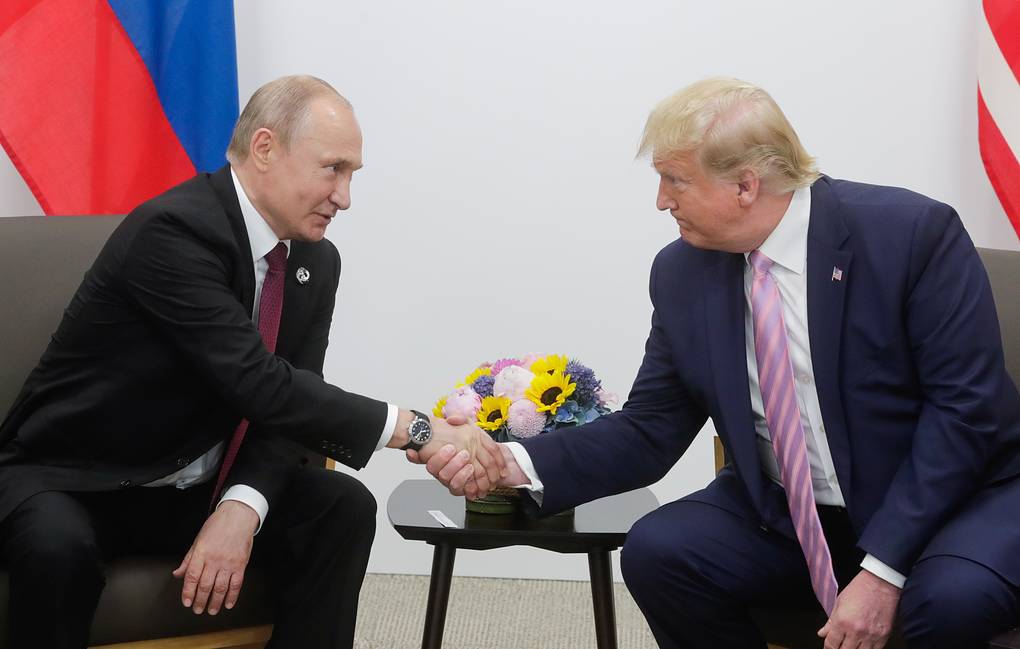President Donald Trump says he is “ready” to put “major sanctions” on Russia, but only after other NATO countries cease buying Russian oil and agree to do the same. In the same communication, he tells his supporters to think about putting tariffs on China of 50% to 100% that would be lifted when the battle is over. On Saturday, he put the letter on Truth Social. The conditions are rather broad. They also put off action, so the U.S. penalties don’t go into effect until 31 other countries do something first. When pressure is the point, that order makes it easier for Moscow.
The timing shows how much it costs to wait. According to Ukrainian officials and reporters on the scene, Ukraine had its biggest overnight air attack of the war on September 7. Drones and missiles set fire to a central government building in Kyiv, killing civilians. That is what needs to happen right away. Washington’s message is more like a condition: the US will “go” when NATO is ready. That doesn’t stop people; it makes them want to wait.
It matters what the situation is. Trump met with Vladimir Putin in Alaska in the middle of August. There was no announced breakthrough at the summit. A few days later, Putin met with Volodymyr Zelenskyy and European leaders in Washington and stated he was working for a cease-fire while hinting at “second-stage” penalties, but didn’t give any details. Meetings with important people, vague promises, and not giving out information have become the norm. Reuters and an official White House report say that the Alaska meeting ended without a deal. The next meeting stressed the need for Kyiv and Moscow to communicate first.
Supporters said the latest letter was tough love for Europe: it told Europe to break up renewable energy ties with Russia and use tariffs to weaken China’s hold on the Kremlin. If the hypothesis were backed up by immediate U.S. enforcement and a timeline, it would be stronger. The dollar system gives Washington control over shipping, insurance, and finance that move Russian oil. The government can act now and ask its friends to join them later. If the U.S. waits for a perfect coalition and then suddenly puts duties on all Chinese goods, it could cause paralysis and break apart an alliance that is already divided over trade policy.
On the other hand, allies are shifting. Mark Rutte, Secretary-General of NATO, announced that the alliance started “Eastern Sentry” on Friday to strengthen the eastern flank after Russian drones flew into Polish airspace. Moving planes and air-defense systems to places where the risk is higher is a real step. Brussels is sending a clear message, and Washington should do the same without putting any conditions on it. (Reuters)
This isn’t silence; it’s managed ambiguity—a bargaining stance, a domestic political calculation, and a test of allied resolve. That buys flexibility, but it also sends mixed signals when missiles fall nightly. It works until it doesn’t. At some point, allies need specifics they can defend at home, and adversaries need to see costs they can count.
A better order of operations is available:
- Move first on U.S. enforcement. Tighten penalties on shippers, insurers, and lenders that facilitate crude flows above the price cap, with stepped-up secondary sanctions. No permission slip required.
- Set a glide path for Europe. Offer time-bound, shrinking waivers for the most exposed members, with quarter-by-quarter targets rather than an on/off switch.
- Align sanctions with security. Accelerate air-defense resupply and rapid-repair funding so Russia’s mass strikes yield smoke, not advantage—paired with NATO’s posture so military moves and economic pressure reinforce each other.
Bottom line: Leadership means doing what only the United States can do and asking allies to follow — not waiting for unanimity and calling it strength. Trump’s letter makes U.S. action contingent on a perfect coalition. Ukraine doesn’t have time to wait for perfect.
A global media for the latest news, entertainment, music fashion, and more.















